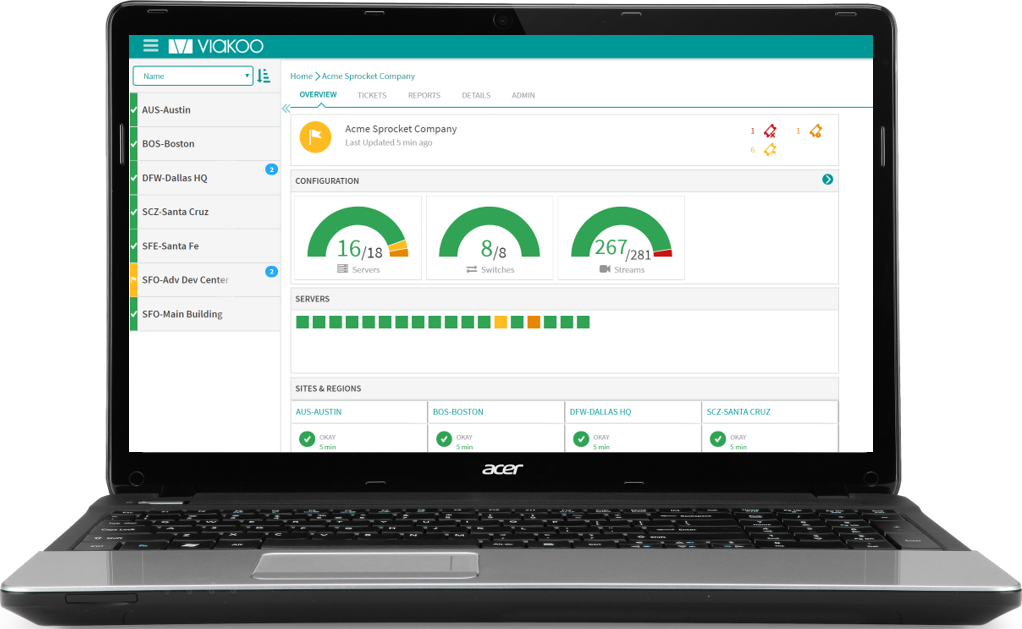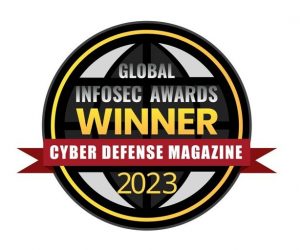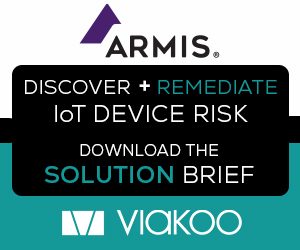Every security integrator faces this issue. Your customers purchase new physical security systems and devices in order to benefit from the security and risk-reduction features they offer. Once deployed, however, these devices can actually increase risk and liability if they stop operating properly without the user becoming aware of the disruption. The risk compounds when you consider that new IoT (Internet of Things) enabled devices are being introduced to the market and added to users’ networks at an accelerating rate.
An incident which occurred in 2013 at San Francisco General Hospital reveals this risk. A patient (Lynne Spalding) was reported missing but was not found for three weeks; her body was finally found in a remote part of the hospital. It was later discovered that there were technical problems with the hospital’s security alarms and surveillance cameras. This happened despite state-level regulations requiring video surveillance at all public hospitals.
Events like this one have led to increased compliance regulations, subjecting organizations to audits – another area of concern when it comes to overseeing and managing IoT technologies. Whether to satisfy regulators, or simply reassuring their employees that they work in a safe environment, having the ability to demonstrate performance of the security system and report on it with real data can provide huge value to many organizations.
Further increasing the challenge, organizations are now beginning to recognize that their physical security IoT systems are potential attack surfaces for cyber criminals. Ultimately, it cannot be left to chance that everything is always working as it should; it’s vitally important for all physical security devices to operate properly and continuously.
For integrators, this presents an opportunity to increase business and better serve your customers by offering automated verification and service assurance for physical security systems as a recurring monthly revenue (RMR) offering. End users have become more IT and data savvy (driven by cyber-threats and increased use of analytics), and so having a data-driven approach to maintaining physical security uptime is a natural fit for many of them
By constantly analyzing and verifying the entire video stream path, this automation can identify and alert you to any issues immediately; it can also diagnose automatically and provide a plan for fixing any problems. For compliance audits, an automated service assurance solution makes it push-button easy to compile accurate reports.
This is a solution that goes directly to addressing one of your customers’ greatest pain points right now. Even if all of a customer’s devices are all working properly, failures can still occur when certain conditions exist across multiple devices (for example, video may not be recording when a PoE switch is intermittently overloaded).
In today’s integrated security systems, the number of devices making up workflows is growing fast. They may include servers, storage, VMS, cameras, access readers, alarm systems and much more. When you consider that a single device failure could take down a meaningful portion of the security infrastructure, this means that the potential for service interruptions is tremendous and growing fast. Until the device can be repaired, replaced or simply restarted, security is compromised. As the technology expert, you can perform a supportive and consultative function to your customers by providing service assurance on an ongoing monthly basis.
The danger of physical security systems without service assurance is clear. At best, users may have a false sense of security; at worst, lives could be at risk. Automated service assurance and automated verification of physical security system performance can minimize downtime dramatically, while also enabling detection of cyber threats and simplifying compliance reporting.
It is important for you to educate your customer base before they have to face the potentially devastating consequences of a failure of one of their IoT devices. Not only will you have saved them from potential loss of reputation, lawsuits, or employee morale issues, you will have elevated your relationship to one where you can offer proactive capabilities and be a closer partner to your customers.







